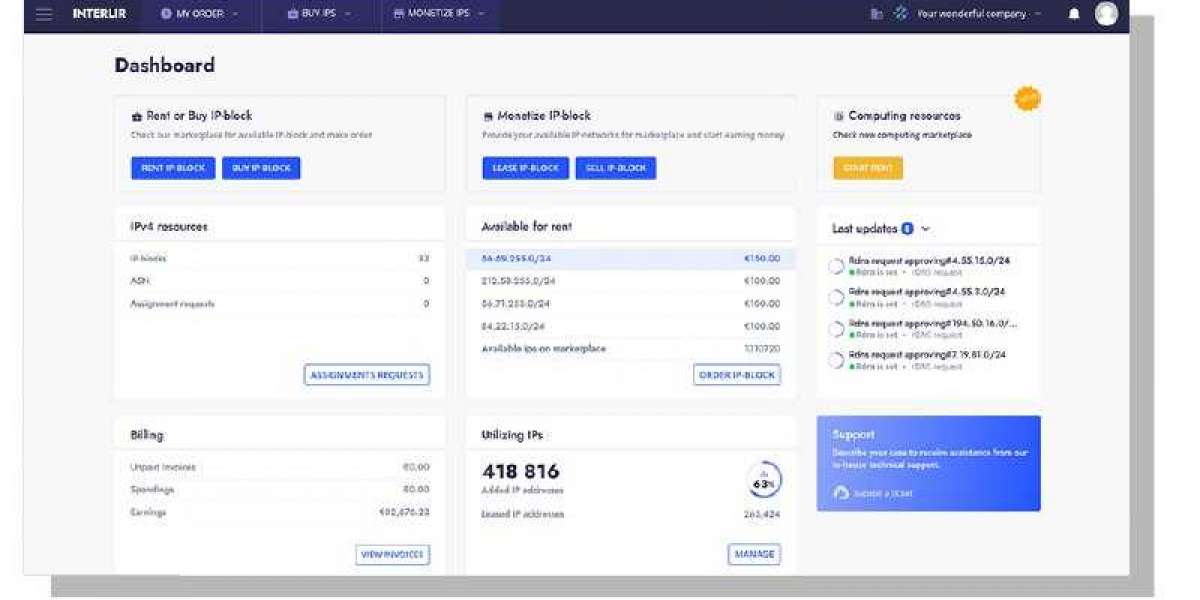The sheer scale of the global wireless communication sector is staggering, positioning it as one of the largest industries in the world by revenue and reach. The current Wireless Telecommunication Service Market Size is valued in the trillions of dollars, a figure that encapsulates the collective spending of billions of consumers and millions of businesses on mobile connectivity. This valuation is typically measured by the total annual revenues generated by service providers from all sources, including subscriptions, data usage, and value-added services. The market's immense size is fundamentally built upon its massive subscriber base; with more mobile connections than people on the planet, the industry operates at a scale few others can match. This widespread adoption has transformed wireless services from a niche technology into a fundamental utility. The size of the market is not static but is continually expanding, driven by the increasing number of connected devices per person—from smartphones and smartwatches to connected cars and home appliances—and the growing data consumption of each of those devices, ensuring its economic significance continues to grow.
Geographically, the market size is concentrated in a few key regions, although its reach is truly global. Asia-Pacific stands as the largest market in terms of both subscribers and revenue, largely due to the enormous populations and rapidly growing economies of China and India. These two countries alone represent a significant portion of the global mobile user base and are at the forefront of 5G deployment and mobile data consumption, making the region a critical battleground for global operators and equipment vendors. North America, led by the United States, is another dominant market characterized by high ARPU (Average Revenue Per User) and a strong appetite for premium services and the latest technology. Europe represents a large but more fragmented market, with strong competition among numerous operators across different countries. While these mature regions form the current core of the market's value, the most significant future growth in market size is expected to come from emerging economies in Africa and Southeast Asia, where rising incomes and increasing smartphone affordability are bringing millions of new users online for the first time.
Further analysis of the market size reveals a clear segmentation by technology. Currently, 4G (LTE) technology still commands the largest share of the market, forming the bedrock of mobile broadband for the vast majority of subscribers worldwide. It is the most mature and widely available high-speed wireless technology, generating a substantial portion of the industry's revenues. However, the market is in a period of dynamic transition. The 5G segment, while currently smaller, is the fastest-growing component of the market. The enormous investment being poured into 5G infrastructure and the premium pricing it can command for enhanced speed and new capabilities mean that its share of the total market size is increasing rapidly. Over the coming years, 5G is expected to become the dominant technology, driving the next wave of market expansion. The gradual phasing out of older 2G and 3G networks also contributes to this shift, as subscribers are migrated to more modern and efficient 4G and 5G services, solidifying the market's technological foundation for future growth.






